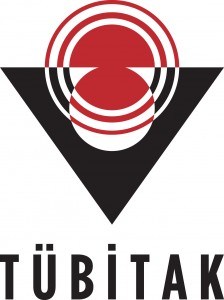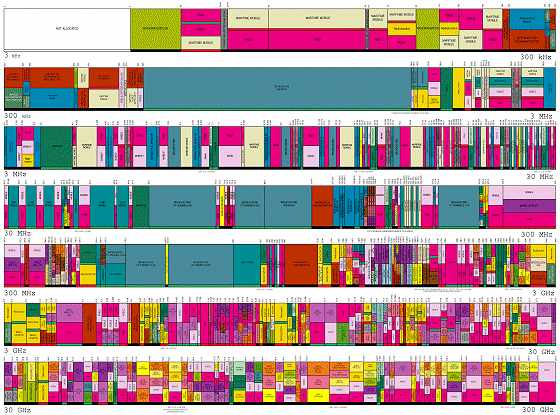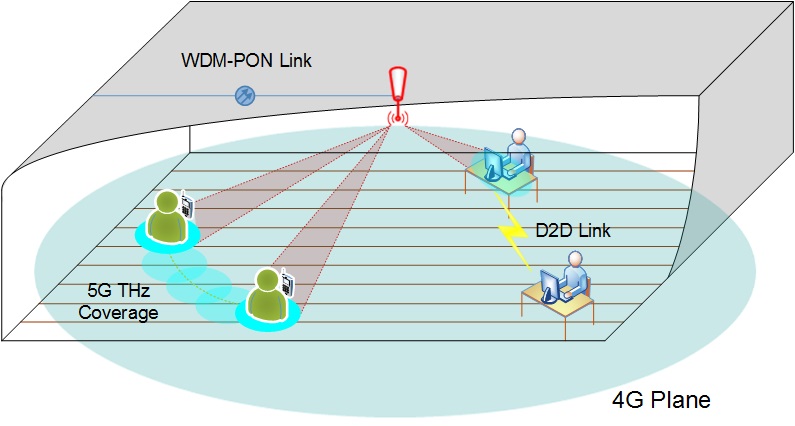TeraFemto: Terahertz Femtocell for 5G Mobile Networks
|| Funded by: TUBITAK 1003 || Period: July 2014 - June 2017 || Amount: 2M TL (725.000 Euro) |
 |
The main purpose of the project “TeraFemto- Terahertz Femtocell for 5G Mobile Networks” is to develop communication techniques for mobile communication in the frequency range above 275 GHz, which is yet to be allocated for active services by ITU. Ultimate goal of the project is to realize a communication system, which operates on low THz band with femtocell network architecture for the first time in the world.
According to a recent research (Cisco Systems, 2013) on global mobile systems, it is expected that global mobile data traffic, which grew 70% in 2012, will achieve a compound annual growth rate 66% till the end of 2017. The research also states another important trend, which is the expected increase in mobile network connection speeds. The connection speed in smartphones reached to 2064 Kb/s by doubling its speed in preceding year, and the speed is expected to reach to 6.5 Mb/s by the end of 2017. Forecasts about the increase in global mobile data traffic and network require the increase in mobile data speed. The main known methods for increasing data speed are clear: Increase the bandwidth or the spectral efficiency or decreasing the signalling overhead. Up to now, data speed has been increased by increasing the spectral efficiency in communication systems. However, to satisfy the needs of future data traffic, it’s not possible to reach to the data speed up to 10 Gb/s by only increasing the spectral efficiency. Therefore, the project Terafemto is proposed by Koc University, and the collaborative partners are Avea, Idea Technology Solutions and Siyah Research and Development.

In TeraFemto project, the design of channel modeling, physical, MAC and network layer techniques, which will enable the usage of low THz band for communications in beyond 4G broadband communication systems, will be done. Later, the operating prototype system will be constructed inside the engineering faculty building of Koc University. The frequency range 0.3-10 THz is defined as THz band, and THz band were initially being referred as “terahertz gap” due to two reasons. Firstly, there were not any proper and affordable signal sources, which are capable of transmitting signals in those frequencies, and secondly the neighbour frequencies around this frequency range are being used in electronics and optical technologies. Recently, with the developments in silicon CMOS signal sources having sufficient transmission energy at those frequencies, and the emergence of front-end circuits, the interest in usage of THz band for communications has increased. In addition, since the best way to increase peak data rate is to increase the bandwidth, the studies on THz waves and communications have been accelerated. For this purpose, 60 GHz range has been chosen as the first target. ECMA-387, IEEE 802.15.3c and IEEE 802.11ad standards all have been developed for this frequency band. As to THz, in 2008 IEEE 802.15 Terahertz Interest Group has been formed to investigate the feasibility of THz for wireless communications. Along with the recent studies, in July 2013 the Terahertz Interest Group has been changed to SG 100GbW Study group with their study on “40/100 Gb/s over beam switchable wireless point-to-point link” as a first step towards the development of a standard.
The research activities of the TeraFemto project will start with channel measurements and channel modeling along with analysis studies on communication technologies and business model in short time. After having a better understanding of the low THz band, by the end of the second year, the studies will continue on physical layer, data link layer, and network layer solutions with antenna solutions in order to develop proper communication techniques. Following the transceiver hardware design, a communication system demonstration will be done in the engineering faculty building of Koc University, and the project will be concluded after the evaluation tests and improvement works on the prototype system.

TeraFemto project has been developed to mainly achieve the following goals: Developing communication techniques which addresses backhaul and MAC layer problems in the communications systems beyond 4G, and developing the prototype system using the techniques developed. In TeraFemto, not only theoretical communication techniques will be developed, but also the accuracy of the theoretical studies will be confirmed via the prototype system, which will operate on low THz band. While high bandwidth of THz band will meet the requirements of mobile communication networks in which the data traffic increases exponentially, innovative arcitectures for indoor femtocell access and heterogeneous backhaul networks will be developed. The high number of transceivers, which is a consequence of femtocells, forces introduction of both distributed and central backhaul and self-organizing networks research into the project. In addition to this transceivers within short range of each other also make operator managed offloading techniques and multiple node-mutiple antenna structure cooperations feasible for the TeraFemto project. Hence, when TeraFemto is realized, through the National Science, Technology and Innovation Strategy vision, Turkey will be one of the first countries which has significant knowledge on the mobile communication techniques on femtocell architecture and low THz band for 4G and beyond. Turkey will be able to conduct further research and development on this technology. Also, Turkey will be able to use those innovative communication techniques for wireless local and personal networks and different areas of communication such as space communications.
TeraFemto is the first project in the world, which aims to build a communication system operating on low THz band. The results obtained through the project will be likely the first results in the field of THz communications, therefore it’s highly expected that the results of the project will be published in top-level conferences, journals magazines in the field of THz communications. Also, Turkish researchers will able to contribute to the current studies on the standardization. Innovative outputs will be patented immediately. Courses on “THz femtocell for mobile communication networks beyond 4G” will be offered in both graduate school and summer schools within Koc University. Also annual conferences will be held in Istanbul each year for sharing the information on THz communications with research communities with similar interest.